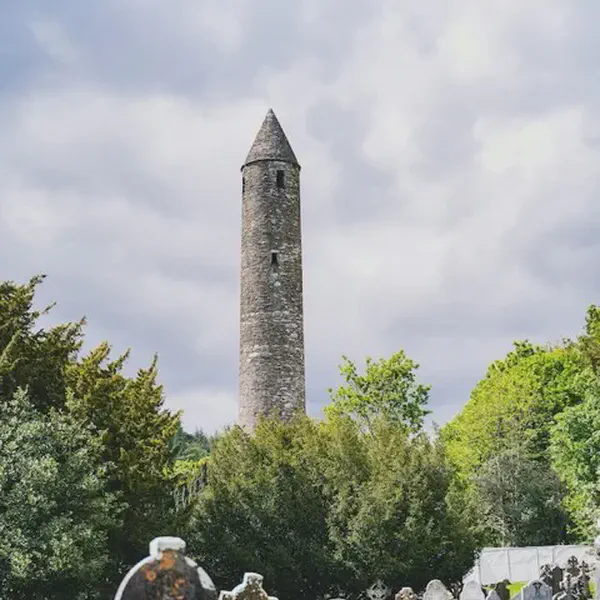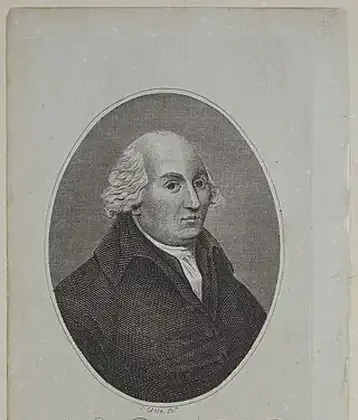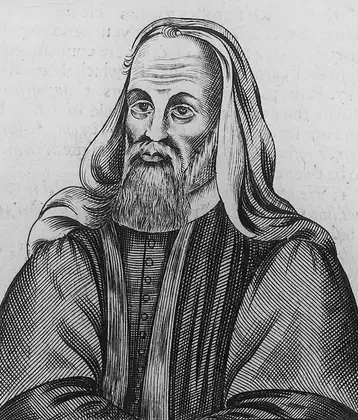On April 30, 1891 in Celtic History
An comunn gaidhealach was formally instituted to preserve the gaelic language

Scottish Gaelic, also known as Scots Gaelic or simply Gaelic, is a Goidelic language (in the Celtic branch of the Indo-European language family) native to the Gaels of Scotland. As a Goidelic language, Scottish Gaelic, as well as both Irish and Manx, developed out of Old Irish. It became a distinct spoken language sometime in the 13th century in the Middle Irish period, although a common literary language was shared by the Gaels of both Ireland and Scotland until well into the 17th century. Most of modern Scotland was once Gaelic-speaking, as evidenced especially by Gaelic-language place names
An Comunn
An Comunn Gàidhealach, often simply referred to as An Comunn, is a key organization founded to preserve and promote the Scottish Gaelic language, as well as Gaelic culture and heritage. Formally established in 1891, the organization was part of a broader Gaelic revival that sought to address the declining use of the Gaelic language and to revitalize its presence in Scotland, particularly in response to the effects of the Highland Clearances and the increasing anglicization of Scotland.
Mission and Activities
An Comunn Gàidhealach’s mission has been focused on the preservation of the Gaelic language as a living language and an integral part of Scottish identity. Its activities include promoting the study and use of the Gaelic language, supporting Gaelic education, and organizing cultural events that celebrate Gaelic music, dance, drama, and literature.
Royal National Mòd
One of the most notable initiatives of An Comunn Gàidhealach is the organization of the Royal National Mòd, often referred to simply as The Mòd. This annual festival, which was first held in 1892, has become one of the most important and vibrant celebrations of Gaelic culture. It features competitions in Gaelic music, song, dance, drama, and literature, drawing participants from across Scotland and the Gaelic diaspora.
Impact on Gaelic Revival
The establishment of An Comunn Gàidhealach marked a significant milestone in the Gaelic revival movement. It provided a formal structure through which enthusiasts and advocates of the Gaelic language could organize and promote their efforts. Over the decades, the organization has played a critical role in advocating for Gaelic education and media, influencing government policies related to language preservation, and raising awareness about the cultural significance of the Gaelic language.
Legacy and Continuing Relevance
Today, An Comunn Gàidhealach continues to be an influential force in the promotion and preservation of Gaelic language and culture. Its efforts have contributed to a renewed interest in Gaelic, evident in the increasing number of speakers and learners, and the inclusion of Gaelic in educational curricula and media in Scotland.
The founding and ongoing work of An Comunn Gàidhealach highlight the enduring significance of cultural preservation organizations in maintaining linguistic diversity and promoting cultural heritage in a globalized world.
The Scottish Qualifications Authority offer two streams of Gaelic examination across all levels of the syllabus: Gaelic for learners (equivalent to the modern foreign languages syllabus) and Gaelic for native speakers (equivalent to the English syllabus).
An Comunn Gàidhealach performs assessment of spoken Gaelic, resulting in the issue of a Bronze Card, Silver Card or Gold Card. Syllabus details are available on An Comunn’s website. These are not widely recognised as qualifications, but are required for those taking part in certain competitions at the annual mods.
More From This Day

Rev. William Jackson, of the United Irishmen returns from France, is arrested
April 30, 1795

Royal Bank invents first overdraft, Wm Hogg overdraws by £1,000 (£66,000 at todays money)
April 30, 1728


Pelagius, champion of Celtic view of Christianity, banned by Roman political enemies in the Church
April 30, 418